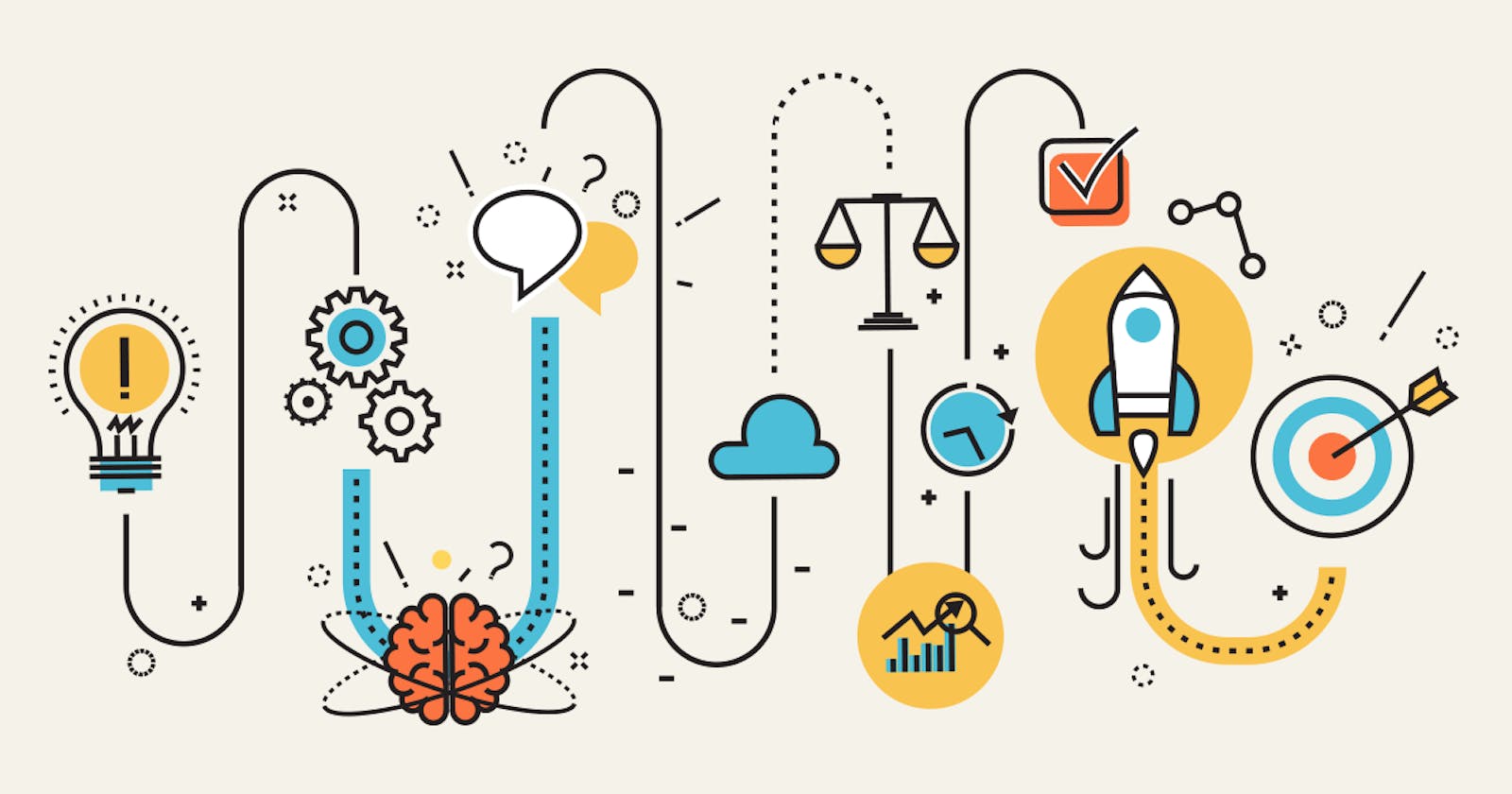The next idea to execute is a perennial challenge when building a product line in a startup. How do you decide what to work on first?
If you’ve put the effort into brainstorming new ideas, finding opportunities for improvement, and collecting feedback, you’ll have a solid backlog full of good ideas. But the order in which you tackle those ideas deserves just as much thought. Idea prioritization is a difficult problem because it’s satisfying to work on pet ideas you’d use yourself, instead of projects with broad reach, It’s tempting to focus on clever ideas, instead of projects that directly impact your goals, It’s exciting to dive into new ideas, instead of projects that you’re already confident about and so on. For you to determine what next to build and tackle the difficulties in prioritization, you need a simple tool for prioritization.
A simple tool for prioritization
This is where a scoring system comes in. A good prioritization framework can help you consider each factor about an idea with clear-eyed discipline and combine those factors in a rigorous, consistent way.
RICE: Four factors for assessing priority
RICE is an acronym for the four factors we use to evaluate each project idea: reach, impact, confidence, and effort. This framework was developed by intercom and we use it at TREP LABS in product prioritization.
Reach
To avoid bias towards the next idea to develop, estimate how many people each idea will affect within a given period. For my team, it’s “how many users will this idea impact over a single quarter?”
Reach is measured in the number of people/events per time period. That might be “customers per quarter” or “transactions per month”.
For idea X: Every customer who uses this idea each quarter will see this change. The reach is 2,000 customers per quarter.
Impact
To focus on ideas that move the needle on your goal, estimate the impact on an individual person. For my team, it’s “how much will this idea increase conversion rate when a customer encounters it?”
The impact is difficult to measure precisely. So, I choose from a multiple-choice scale: 3 for “massive impact”, 2 for “high”, 1 for “medium”, and finally 0.5 for “low”. These numbers get multiplied into the final score to scale it up or down.
For idea X: This will have a lesser impact for each customer. The impact score is 1.
Confidence
To curb enthusiasm for exciting but ill-defined ideas, factor in your level of confidence about your estimates. If you think an idea could have huge impact but don’t have data to back it up, confidence lets you control that.
Confidence is a percentage, and I use another multiple-choice scale to help avoid decision paralysis. 100% is “high confidence”, 80% is “medium”, 50% is “low”. Be honest with yourself: how much support do you really have for your estimates?
For idea X: I have data to support the reach and effort, but I’m unsure about the impact. This project gets an 80% confidence score.
Effort
To move quickly and have an impact with the least amount of effort, estimate the total amount of time a project will require from all members of your team: product, design, and engineering.
The effort is estimated as a number of “person-months” — the work that one team member can do in a month.
For idea X: This project will take several weeks of planning, a significant amount of design time, and at least two months of one engineer’s time. I’ll give it an effort score of 4 person-months.
Combining factors to get a RICE score
Once you’ve estimated these factors, combine them into a single score so you can compare projects at a glance. Here’s the simple formula:
The resulting score measures “total impact per time worked” — exactly what we’d like to maximize. I set up a spreadsheet to automatically calculate the score for me as I estimate each factor. You can hit me up at abiola@treplabs.co to request a copy of the spreadsheet.
Once the initial scoring is done, sort your list and re-evaluate. Are there projects where the score seems too high or too low? If so, reconsider your estimates and make changes, or accept that your gut instinct may be wrong.
RICE can help immensely when deciding between hard-to-compare ideas. It forces you to think about why a project idea will have an impact, and to be honest about the effort that’s needed to achieve it.
Sometimes you might want or need to work on projects “out of order”. And that’s okay! With a scoring system in place, you can clearly identify when you’re making these trade-offs.
A prioritization framework such as RICE will help you make better-informed decisions about what to work on first and defend those decisions to others. Give RICE a try in your own prioritization process and let us know how it works for you

